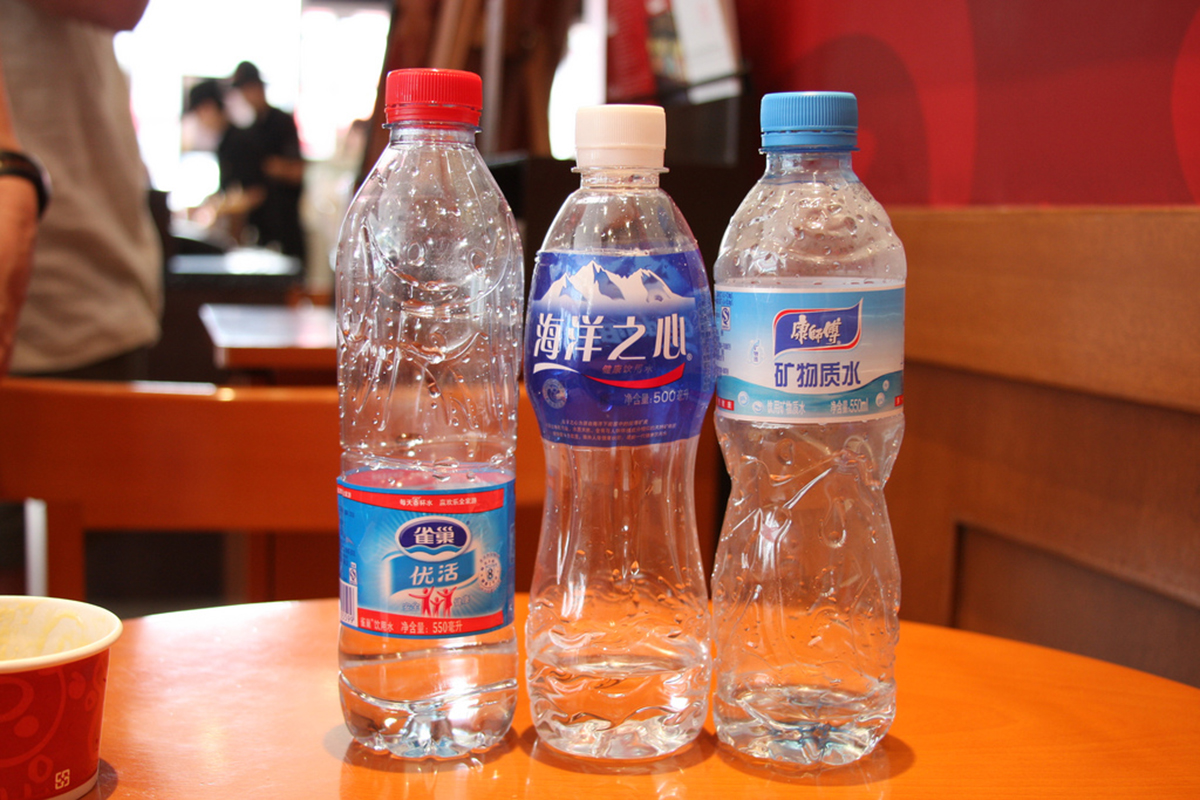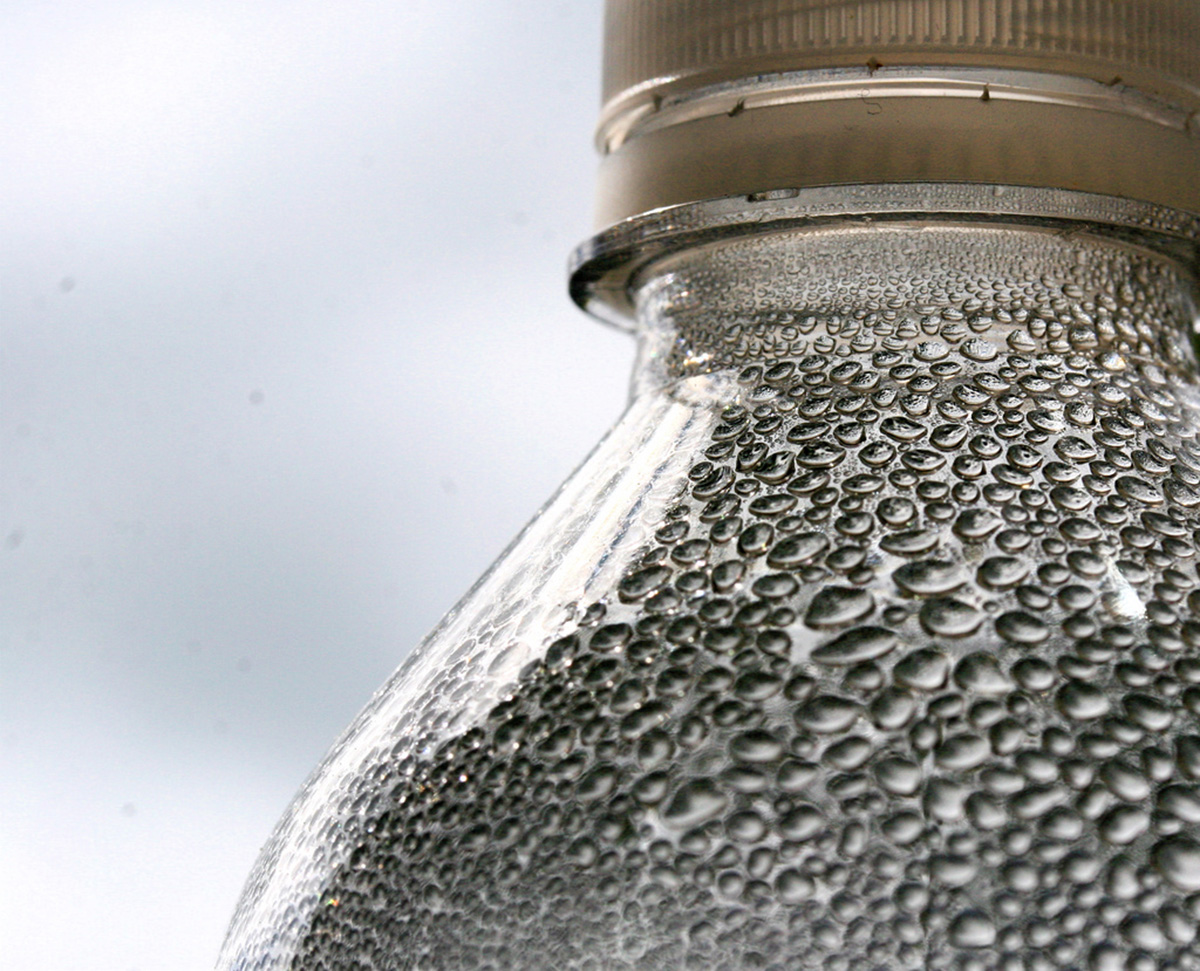People who live in advanced and developed nations generally fail to appreciate the value of safe, germ-free drinking water straight from the tap, despite the fact that more than two billion people across the globe are forced to drink contaminated water. Although many Europeans eschew the taste of tap water and insist on mineral waters bottled from natural springs, the fact is that it is more than OK from a health standpoint to drink water straight from the tap most of the time in the United States, in Canada, in Australia and New Zealand, in the European Union, in many parts of the Caribbean, in Korea, and in Japan.
Even in developed countries, however, broken pipes and flooded water treatment plants can make tap water temporarily unsafe to drink. In those cases, special precautions are necessary to ensure access to safe drinking water.

Boil Water Notices
Montezuma Extracts Revenge Far Beyond Mexico
Problems With Drinking Water Aren't Limited To The Water You Drink
Scared Of Contaminated Tap Water? Bottled Water Isn't The Perfect Solution

- All of the samples contained some bacterial contamination
- 66 percent of samples contained multiple species of bacteria, but not in amounts what would make users sick.
- 28 percent of samples contained Staphylococcus bacteria, half of those Staphylococcus aureus. This kind of contamination occurs when workers have placed bare hands into the water at some point in the bottling process, probably when bottles were filled by hand.
- 27 percent of samples contained fecal coliform, E. coli ,which is to say, they were contaminated with human sewage or animal manures. This bacterium has the ability to form a biofilm that sticks to equipment so product is contaminated again and again.
- Three brands were consistently contaminated with Pseudomonas. This microorganism attacks people who have weakened immune systems.
- Buy drinking water in sealed bottles.
- Internationally recognized brands, such as Nestle, are far less likely to be contaminated than local and unknown brands. Large, multinational companies have an investment in reputation that causes them to be concerned about product safety, as well as having to worry about product liability lawsuits.
- If you see a vendor filling a bottle by hand, don't drink it without boiling it first. You may even be getting unsafe tap water or ground water.
- Water purification tablets usually are not enough to prevent diarrhea, research has found.
- Iodine is not especially useful for killing parasites in drinking water. Pregnant women and people who have thyroid problems should not use it for water decontamination.
- Water filtration is highly effective against protozoal parasites (Giardia), moderately effective against bacteria (E. coli), and not very effective at all against viruses.
- Solar purification works, but only if the sunlight is strong enough to heat the water to about 45 degrees C (115 degrees F) for two hours or more. Use a clear glass container to avoid contamination from plastics.
- The best way to remove microbial contamination from water is to heat it to a rolling boil for one minute or longer. When boiling water is not possible, then it is best to use a combination of chemical decontamination and filtration, with products available from camping supply stores.
Whenever you travel to a new region, or move to a new location, inform yourself about the safety of the local tap water — and take steps to ensure that you have access to clean drinking water. Don't forget to follow your local news, either, because tap water can become contaminated at any time and you don't want to miss important notices. As climate change is having an increasingly marked impact on our daily lives, the World Health Organization estimates that fully half of all people on Earth will live in water stressed areas in the next few years. Floods and droughts both pose challenges in this area, and people living in developed nations are far from immune. Keep an eye on the situation and do what you can.
- Igbeneghu OA, Lamikanra A. The bacteriological aquality of bottled water available to consumers in Ile-Ife, southwestern Nigeria. BMC Research Notes. 2014. 7(859).
- Photo courtesy of bd914 via Flickr: www.flickr.com/photos/92614967@N00/3821960198
- Photo courtesy of bd914 via Flickr: www.flickr.com/photos/92614967@N00/3821960198
- Photo courtesy of Muffet via Flickr: www.flickr.com/photos/calliope/542497582

